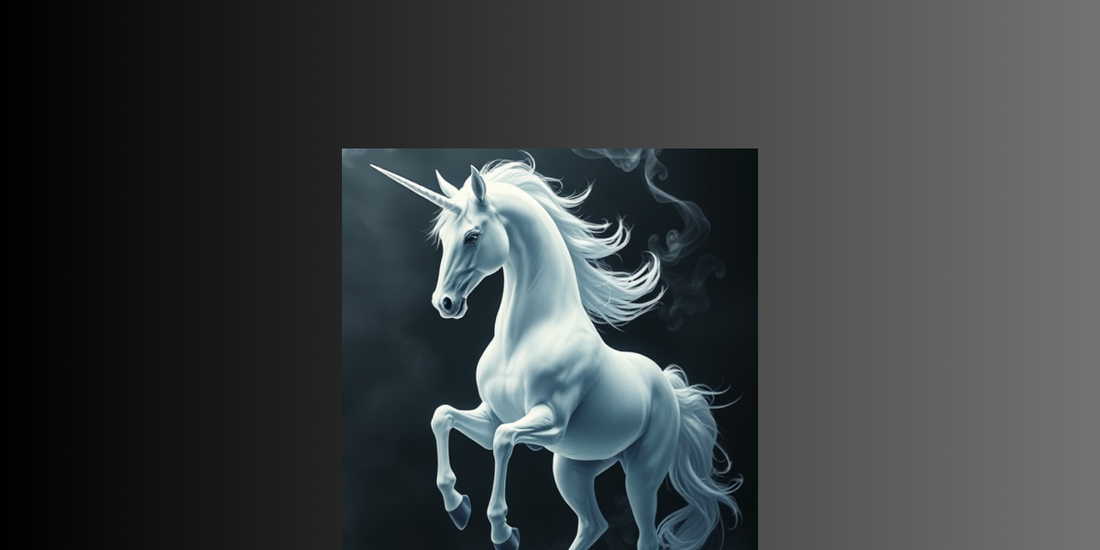Unicorns: A Timeless Symbol of Magic and Wonder

Share
For centuries, unicorns have captured the hearts and imaginations of people across cultures and generations. These mythical creatures, often depicted as horses with a single, spiralling horn, represent much more than fantasy—they are symbols of purity, magic, and boundless creativity. If you’re a unicorn lover, this article is your gateway to understanding why these enchanting beings have remained timeless icons.
The Origins of Unicorn Myths
The myth of the unicorn can be traced back thousands of years, making it one of the most enduring symbols in human history. The earliest references to unicorn-like creatures appear in the art and writings of ancient Mesopotamia, where they were often depicted as wild, horse-like beings with a single horn. These creatures were symbolic of strength, mystery, and untamed beauty, and they frequently appeared in Mesopotamian seals and carvings.
In ancient Greece, the historian Ctesias wrote about a "wild ass" in India with a single horn. Though he likely based his descriptions on animals like the rhinoceros, his accounts fuelled the Western imagination. Greek philosophers such as Aristotle and Pliny the Elder also mentioned similar creatures, further embedding unicorns in natural history, even though their existence was speculative.
During the Middle Ages, unicorns took on a deeply spiritual symbolism in European culture. They were associated with purity, innocence, and Christ-like qualities, often appearing in religious art and literature. In medieval bestiaries (illustrated books of mythical and real creatures), unicorns were depicted as elusive creatures that could only be captured by a virgin, symbolizing divine grace and purity.
Meanwhile, in Chinese mythology, a similar creature called the "Qilin" emerged. Though not identical to the Western unicorn, the Qilin shared associations with prosperity, good fortune, and peace. Unlike the Western unicorn, the Qilin was often seen as a benevolent omen rather than an elusive being.
Unicorns in Literature and Art
The allure of unicorns has made them a recurring motif in literature and art. In medieval times, unicorns were popular subjects in tapestries, like the famous "The Hunt of the Unicorn" series, which depicted knights attempting to capture the magical creature. These tapestries combined themes of love, faith, and the mystery of the natural world.
Unicorns also appear in literary works such as Lewis Carroll’s "Through the Looking-Glass," where a unicorn humorously debates whether humans are real. In modern fantasy, unicorns are staples of magical worlds, appearing in books like "The Last Unicorn" by Peter S. Beagle and J.K. Rowling’s "Harry Potter" series, where their blood is said to grant life but at a terrible cost.
Why Unicorns Capture Our Hearts
Unicorns hold a unique place in our collective imagination. Here’s why they continue to enchant us:
Symbols of Hope and Magic: Unicorns remind us to believe in the extraordinary. They’re a beacon of hope in a world that can sometimes feel mundane.
Embodiment of Individuality: With their singular horn and ethereal presence, unicorns represent uniqueness and encourage us to embrace what makes us special.
Universal Appeal: Unicorns transcend age and culture. Whether you’re a child decorating your room or an adult looking for inspiration, their charm is universal.
Fun Facts About Unicorns
Did you know?
Unicorn Horns Were Highly Prized: During the Middle Ages, unicorn horns—often narwhal tusks sold as "alicorns"—were believed to have magical healing properties and could fetch enormous prices.
A Unicorn Was Scotland’s National Animal: The unicorn has been a symbol of Scotland since the 12th century, representing purity, strength, and freedom.
Marco Polo Thought Unicorns Were Real: The famous explorer mistook rhinoceroses for unicorns during his travels, describing them as "ugly brutes."
Unicorns Appear on Ancient Coins: Coins from the ancient Indus Valley Civilization feature single-horned animals, showing their deep cultural roots.
Unicorns in the Bible: Some older translations of the Bible mention unicorns, likely referring to wild oxen or other animals, further adding to their mythical allure.
National Emblem: The unicorn is the national animal of Scotland, symbolizing strength, courage, and purity.
Unicorns in Modern Pop Culture
In today’s world, unicorns have become icons of whimsy and joy. From vibrant unicorn-themed parties to glittery fashion trends, these mythical creatures inspire creativity and playfulness. Social media is filled with unicorn-inspired recipes, DIY projects, and makeup tutorials, proving that their magic is more alive than ever.
How to Embrace Your Love for Unicorns
If you’re a unicorn enthusiast, there are countless ways to celebrate your passion:
Decorate Your Space: Adorn your walls with unicorn art, like our exclusive pieces at Lili Lit, to keep the magic alive in your home.
Fashion Statements: Rock unicorn-themed accessories, from socks to handbags, to show off your love for these creatures.
Unicorn Experiences: Host a unicorn-themed party or visit festivals that celebrate their magic.
Creative Outlets: Draw, paint, or write about unicorns to explore your own imagination.
The Enduring Magic of Unicorns
Unicorns remind us that life doesn’t have to be ordinary. They inspire us to dream big, embrace our individuality, and find joy in the little things. Whether you see them as symbols of hope, icons of creativity, or simply as fun and whimsical creatures, unicorns hold a special place in our hearts.
So, why not bring a little magic into your life? Surround yourself with unicorn-inspired decor, dive into stories that feature these mythical beings, and never stop believing in the extraordinary. After all, unicorns may be mythical, but their magic is very real.
